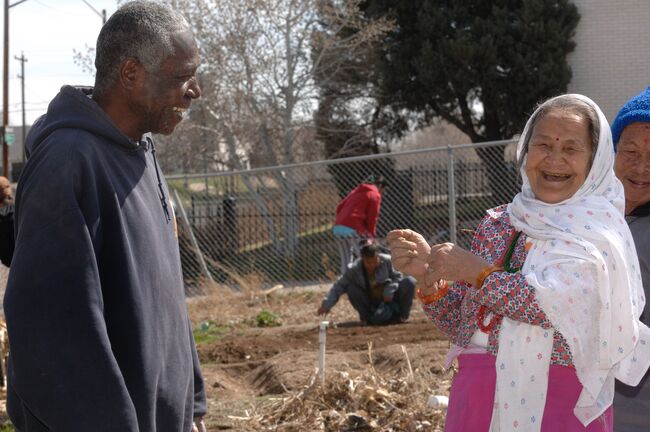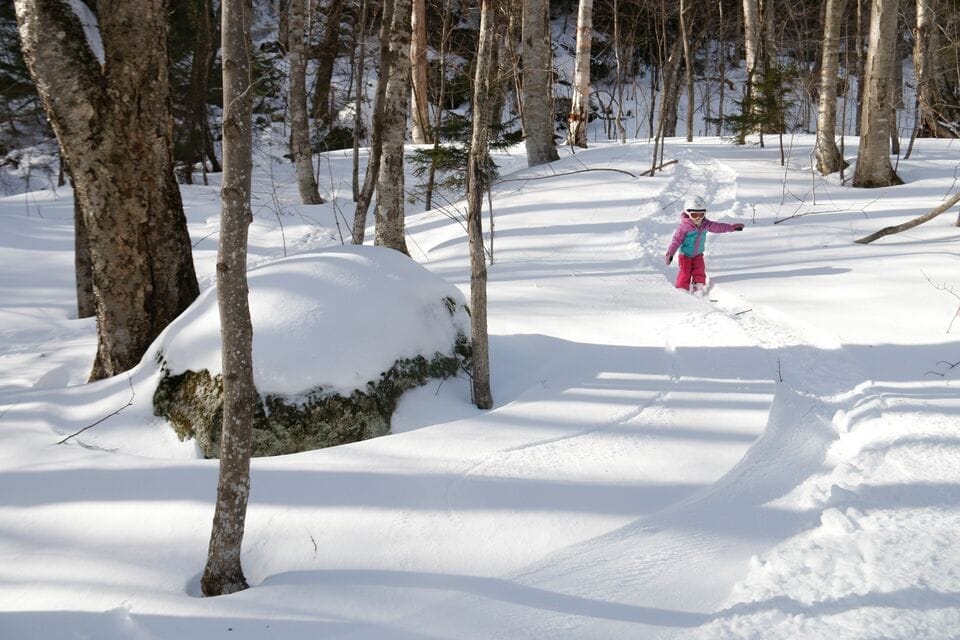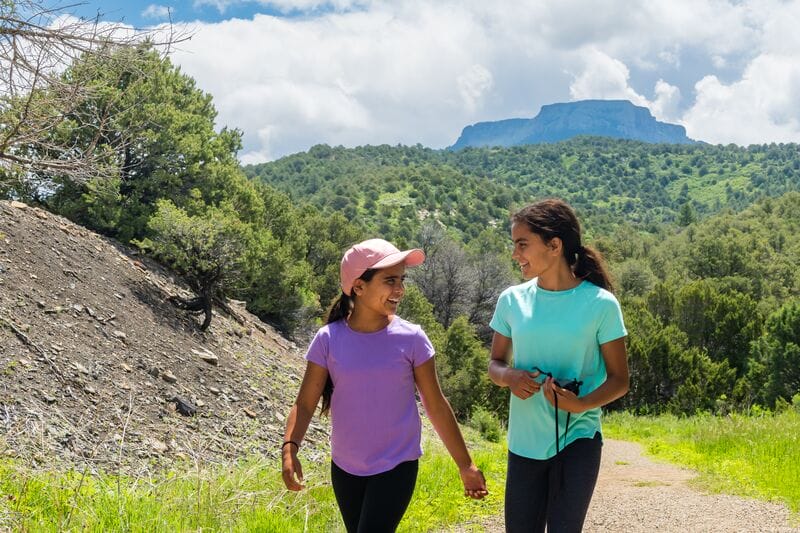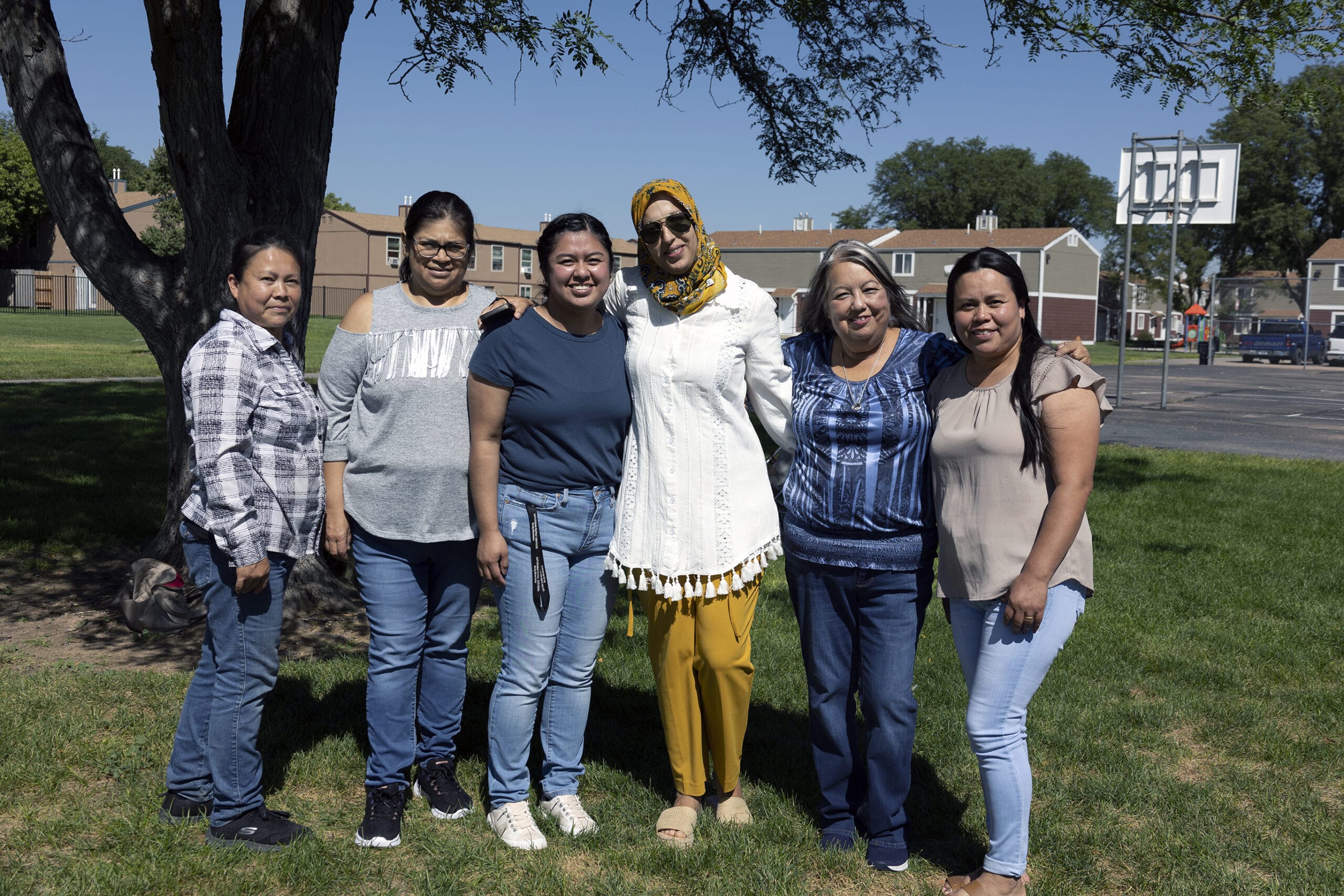
Here’s the dirt on park trends: community gardens are growing
Here’s the dirt on park trends: community gardens are growing
Community gardens in the U.S. are growing faster than ever. The number of garden plots in city parks has increased 44% since we started keeping track in 2012. Today there are more than 29,000 garden plots in city parks in just the 100 largest U.S. cities—up 22% from just a year ago.
These healthy, shared spaces offer simple solutions to a host of complex problems facing our cities. They’re a source of low-cost, healthy food in neighborhoods where grocery stores are too few and far between. Studies show that time spent weeding and watering not only keeps plants happy, but pays dividends for our mental and physical health, too.
 The City of Seattle’s P-Patch program boasts more than 3,000 community garden plots. At Bitter Lake Reservoir Open Space, a new generation of gardeners is minding their peas and cukes.Photo credit: Tegra Stone Nuess
The City of Seattle’s P-Patch program boasts more than 3,000 community garden plots. At Bitter Lake Reservoir Open Space, a new generation of gardeners is minding their peas and cukes.Photo credit: Tegra Stone Nuess
For park nerds like us, the growth in community gardens is just one of the fascinating trends identified in this year’s City Park Facts report. Every year, we survey public and non-profit parks agencies in the nation’s 100 largest cities. We track down data on everything from each city’s total park acreage to philanthropic and taxpayer spending on parks to trends in park design, amenities, and uses. The free, easy-to-download report is the most complete and in-depth look at U.S. city park systems available anywhere, and it’s a key resource for park planners and grassroots advocates alike.
In parks we’ve helped build all across the country, we’ve seen how a community garden can bring people together and help people put down roots in their neighborhoods—whether they’ve just arrived, or lived in the area their whole lives.
In Denver’s East Colfax neighborhood, we worked with residents of Grace Apartments to establish a huge community garden across the street in New Freedom Park in 2011. Grace Apartments is a low-income housing development home to 53 families, nearly all of whom are refugees who’ve recently arrived in the United States. “Our residents come from all over: Afghanistan, Myanmar, Bhutan, the Democratic Republic of the Congo, the Central African Republic, Mauritania, Sierra Leone, Tibet, Rwanda, and Somalia,” says Talie Watzman, resident services coordinator at Grace Apartments.
Part of Watzman’s job is to help recent arrivals get oriented and find a new home in the U.S. “With so many different nations represented, it can be hard to find ways to appeal to people and connect across cultural and language lines,” Watzman says. “The garden at New Freedom Park is where I see the most of that. I’ll walk through in the evening and see people sharing tools and space, teaching each other tips and helping each other out with their plots. They may not share a language, but folks find ways to communicate in the garden.”
 “With so many different nations represented, it can be hard to find ways to appeal to people and connect across cultural and language lines,” Watzman says. “The garden at New Freedom Park is where I see the most of that.”Photo credit: Darcy Kiefel
“With so many different nations represented, it can be hard to find ways to appeal to people and connect across cultural and language lines,” Watzman says. “The garden at New Freedom Park is where I see the most of that.”Photo credit: Darcy Kiefel
Watzman keeps in touch with former residents who’ve found permanent housing elsewhere in Denver, but who still pay the small garden fee each season and keep their plots growing at New Freedom Park “It’s where our residents, and other folks from the neighborhood, can come together in pursuit of common goal. It’s a special thing to see.”
One-third of Americans, including 28 million children, lack safe, easy access to a park within a 10-minute walk of home. Urge your senators to pass the Outdoors for All Act to create parks and enhance outdoor recreational opportunities!


Donate to become a member, and you’ll receive a subscription to Land&People magazine, our biannual publication featuring exclusive, inspiring stories about our work connecting everyone to the outdoors.
See how our supporters are helping us connect people to the outdoors across the country.











